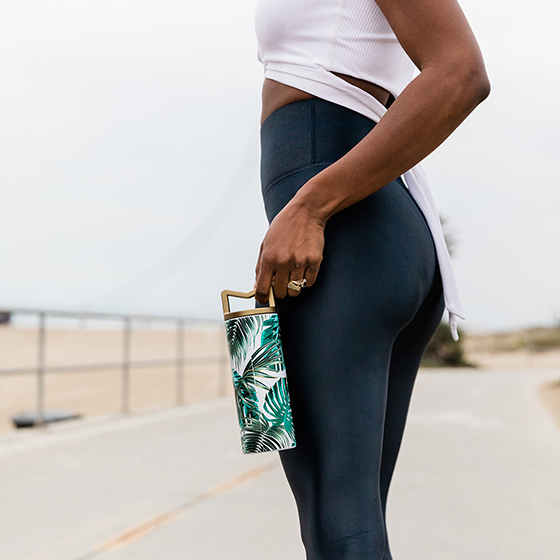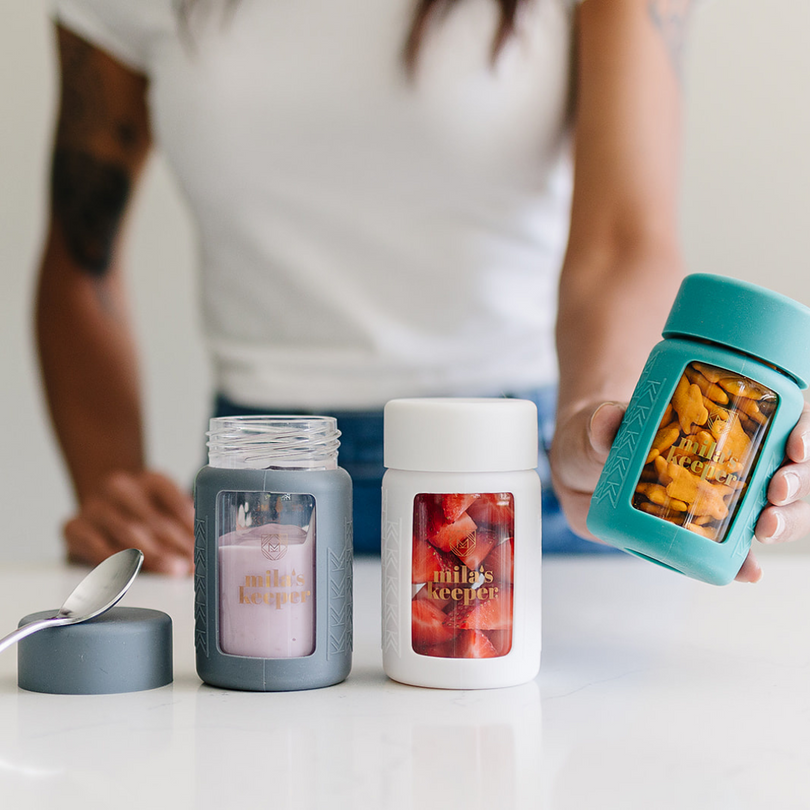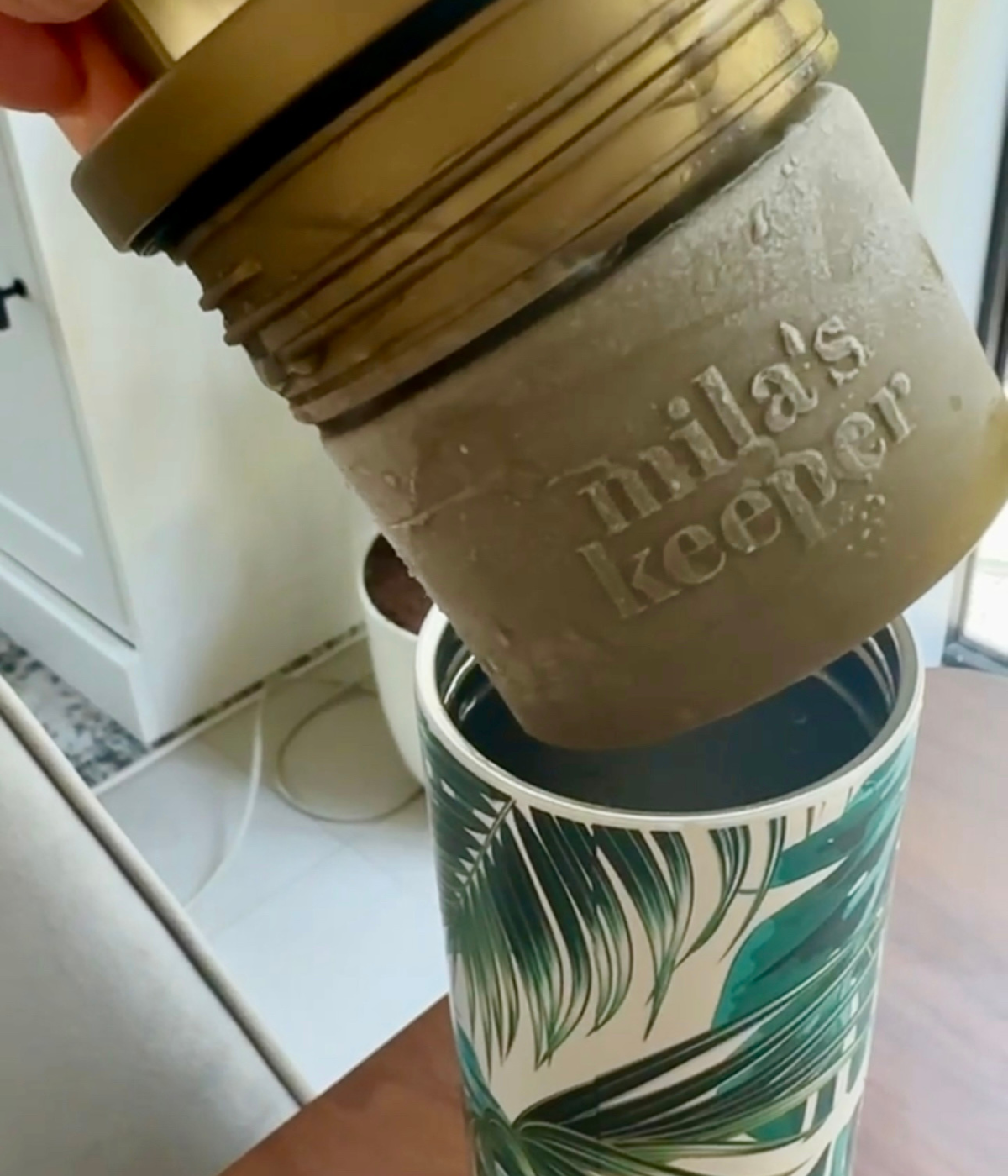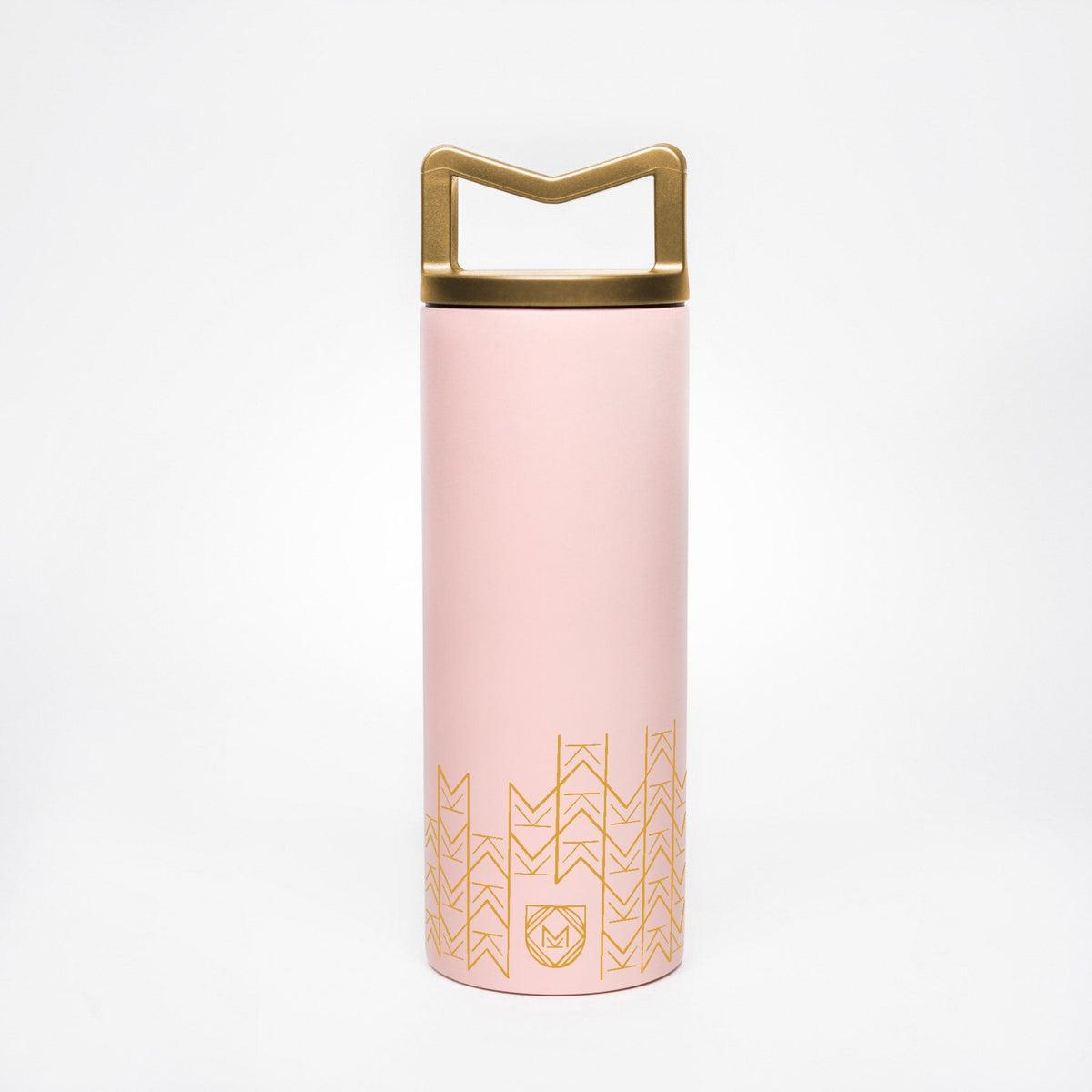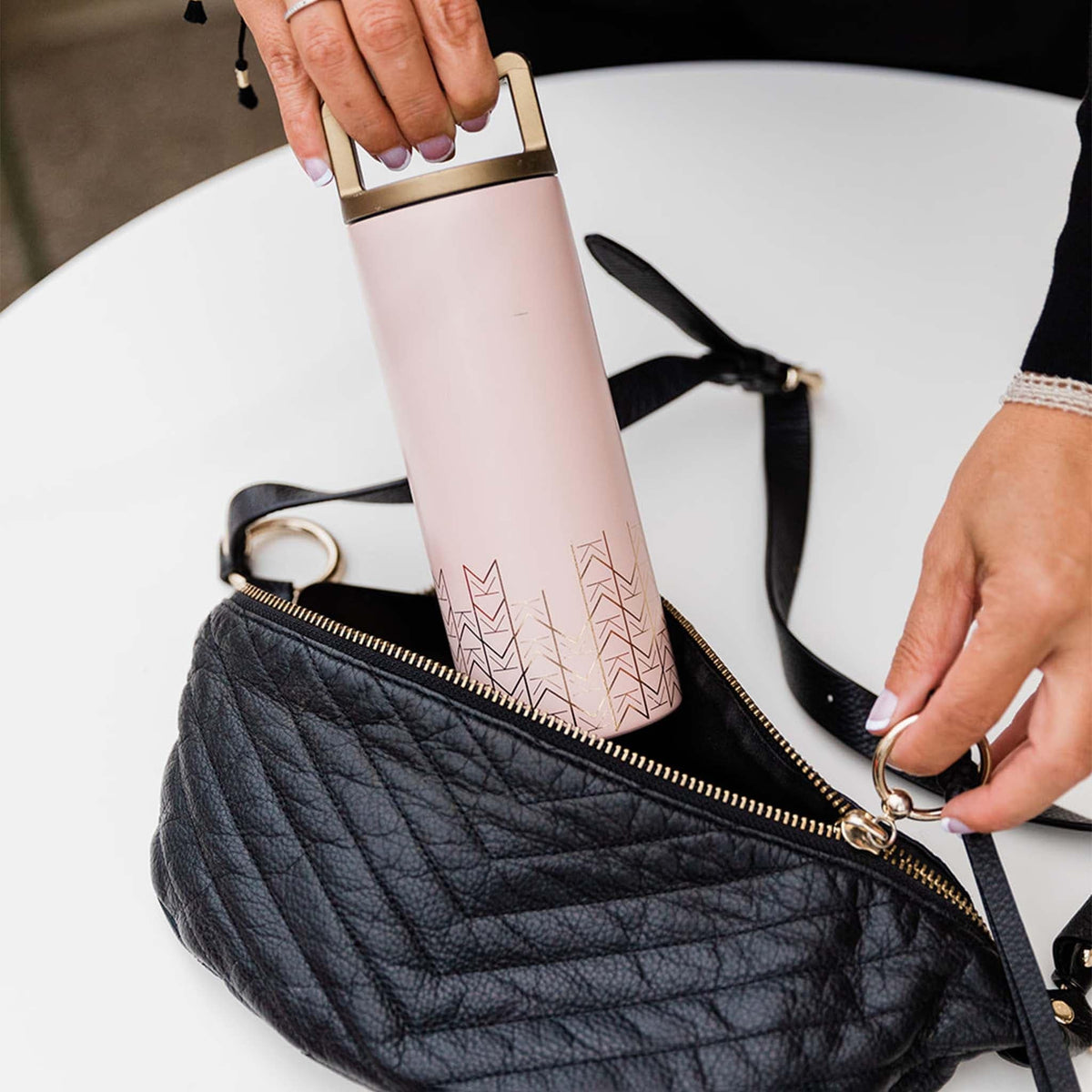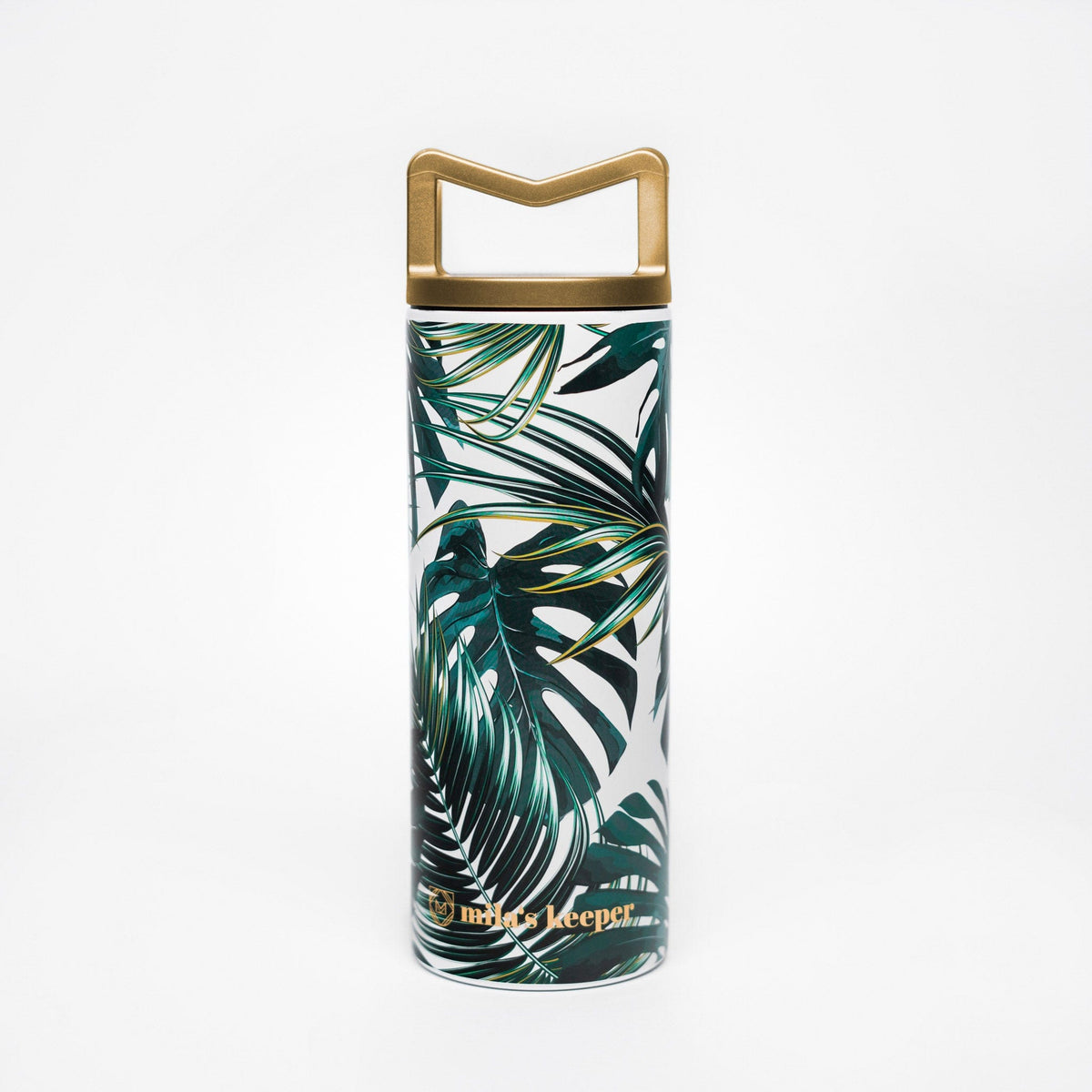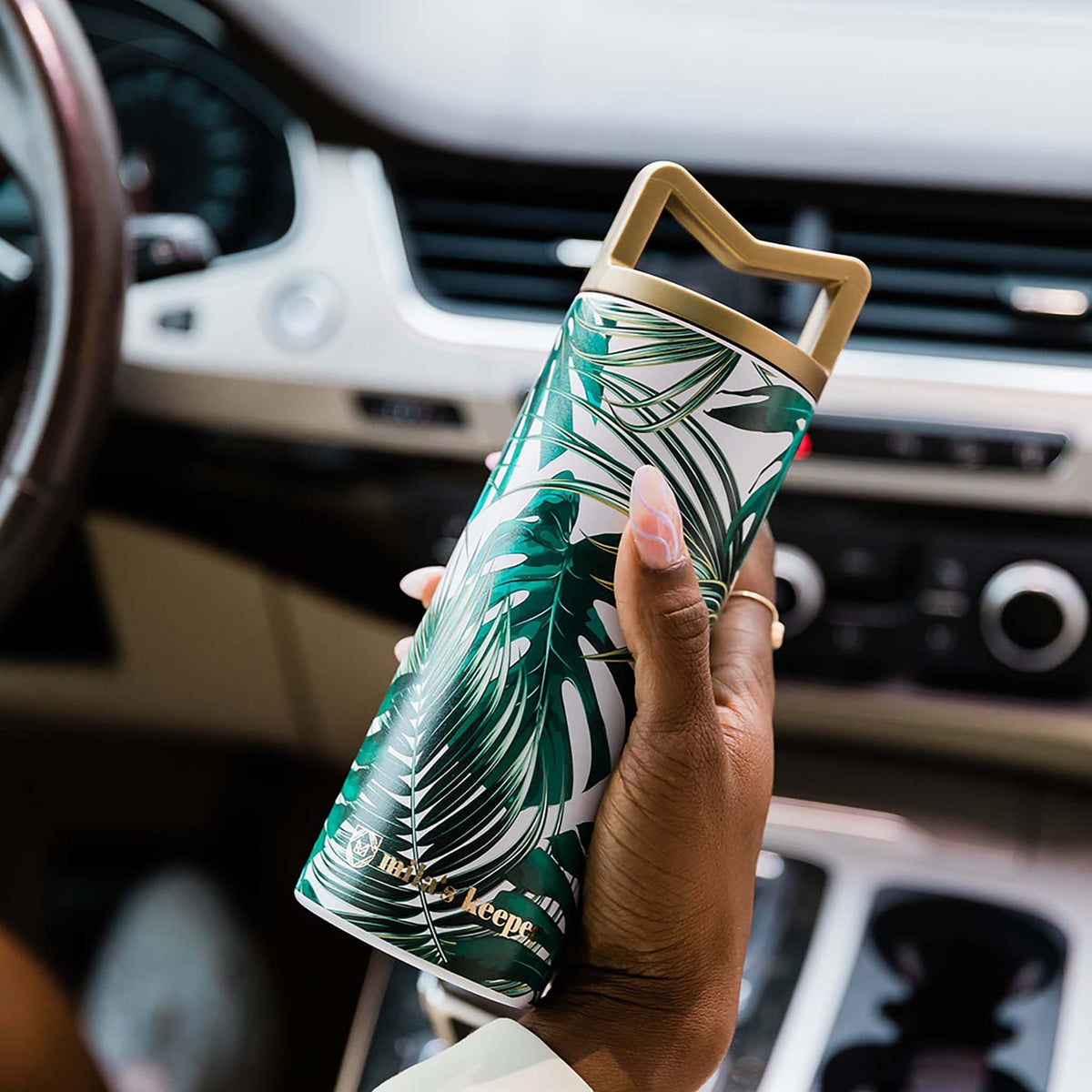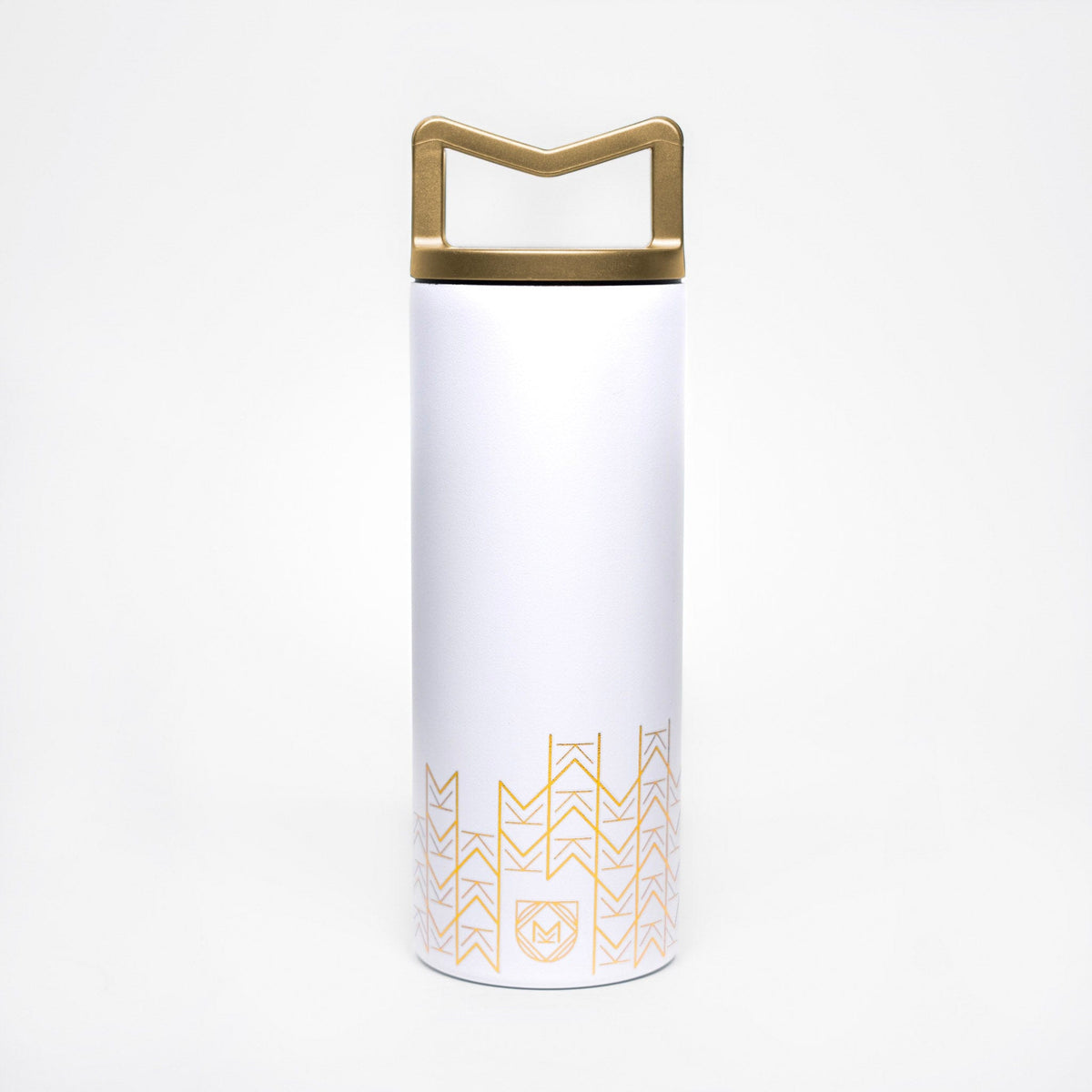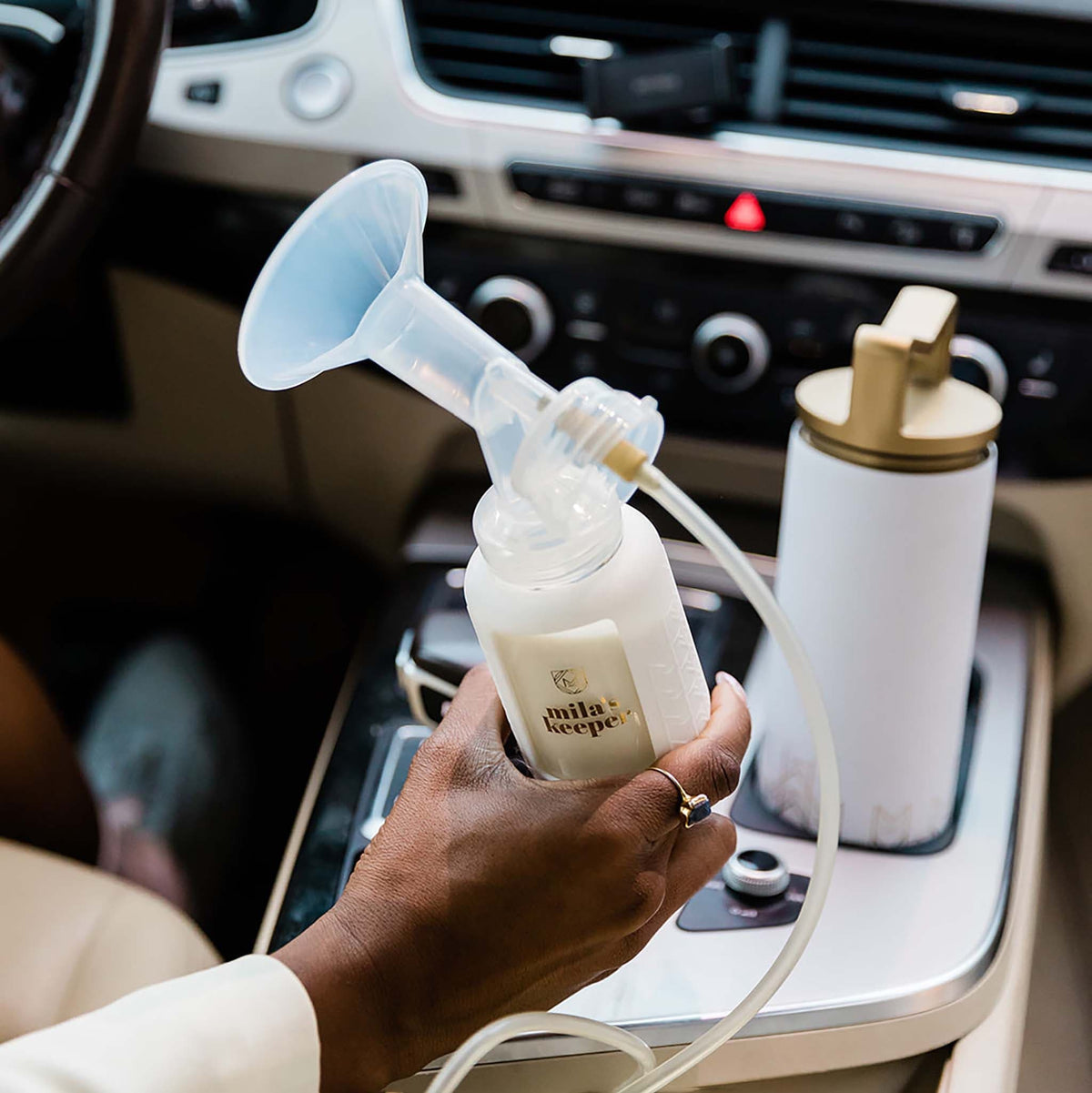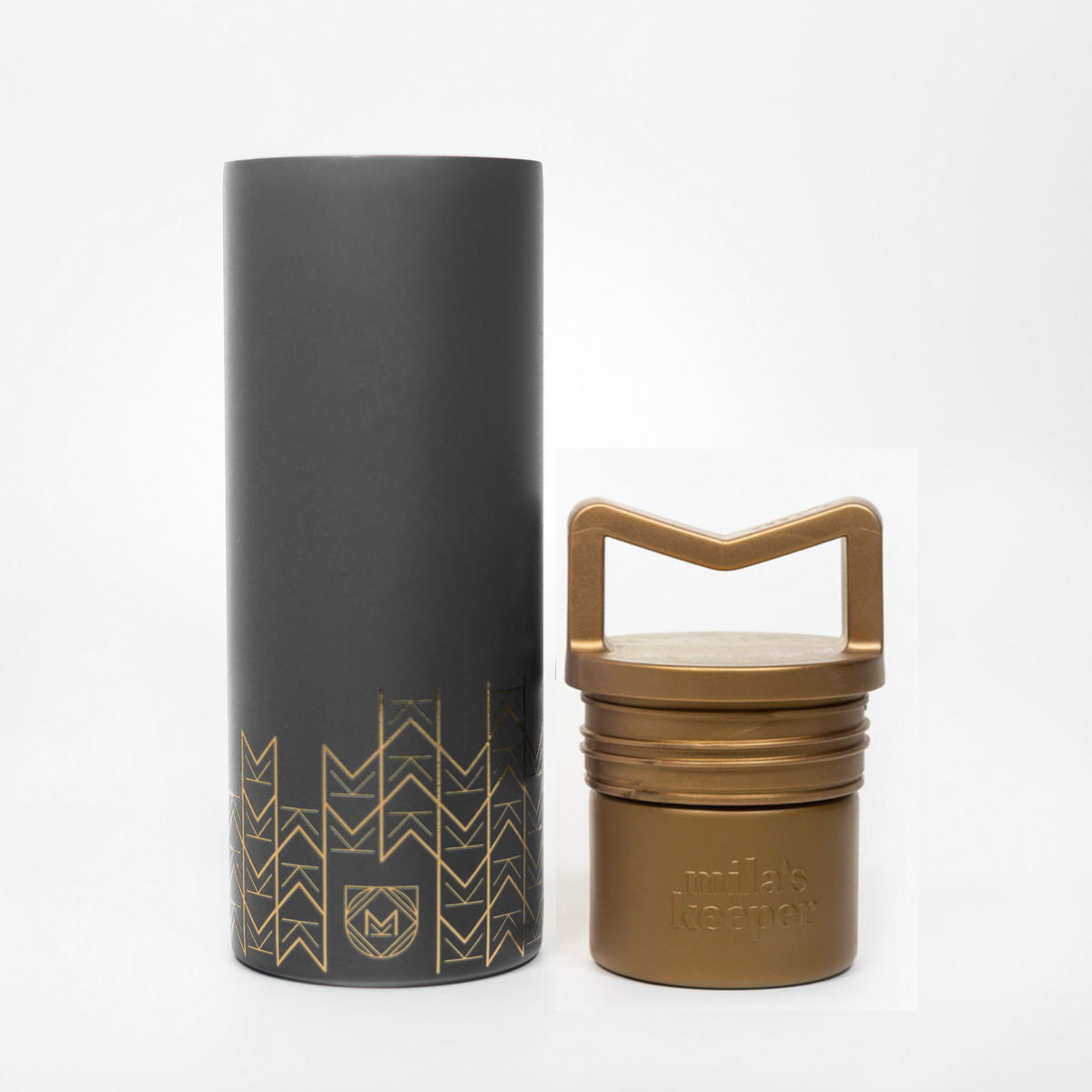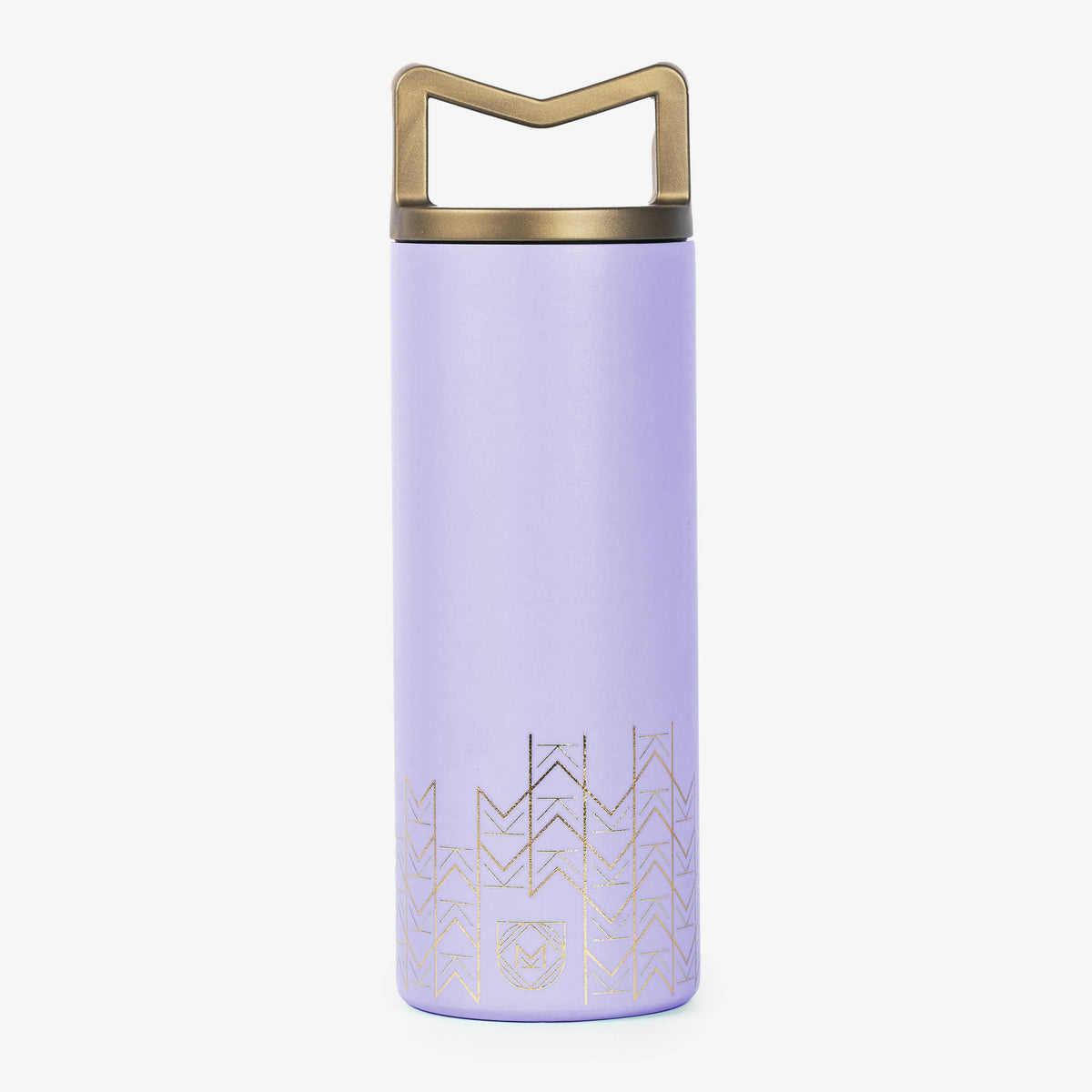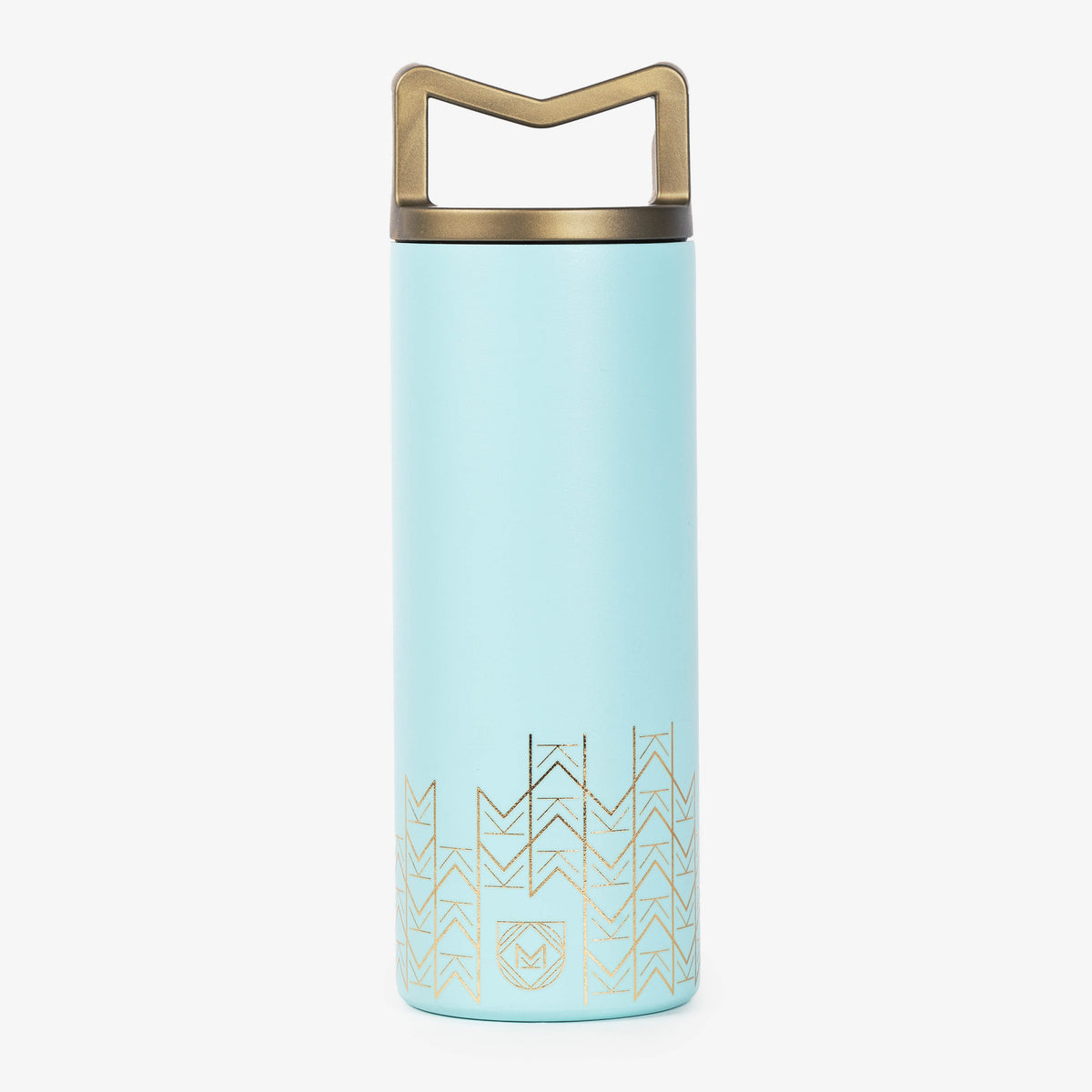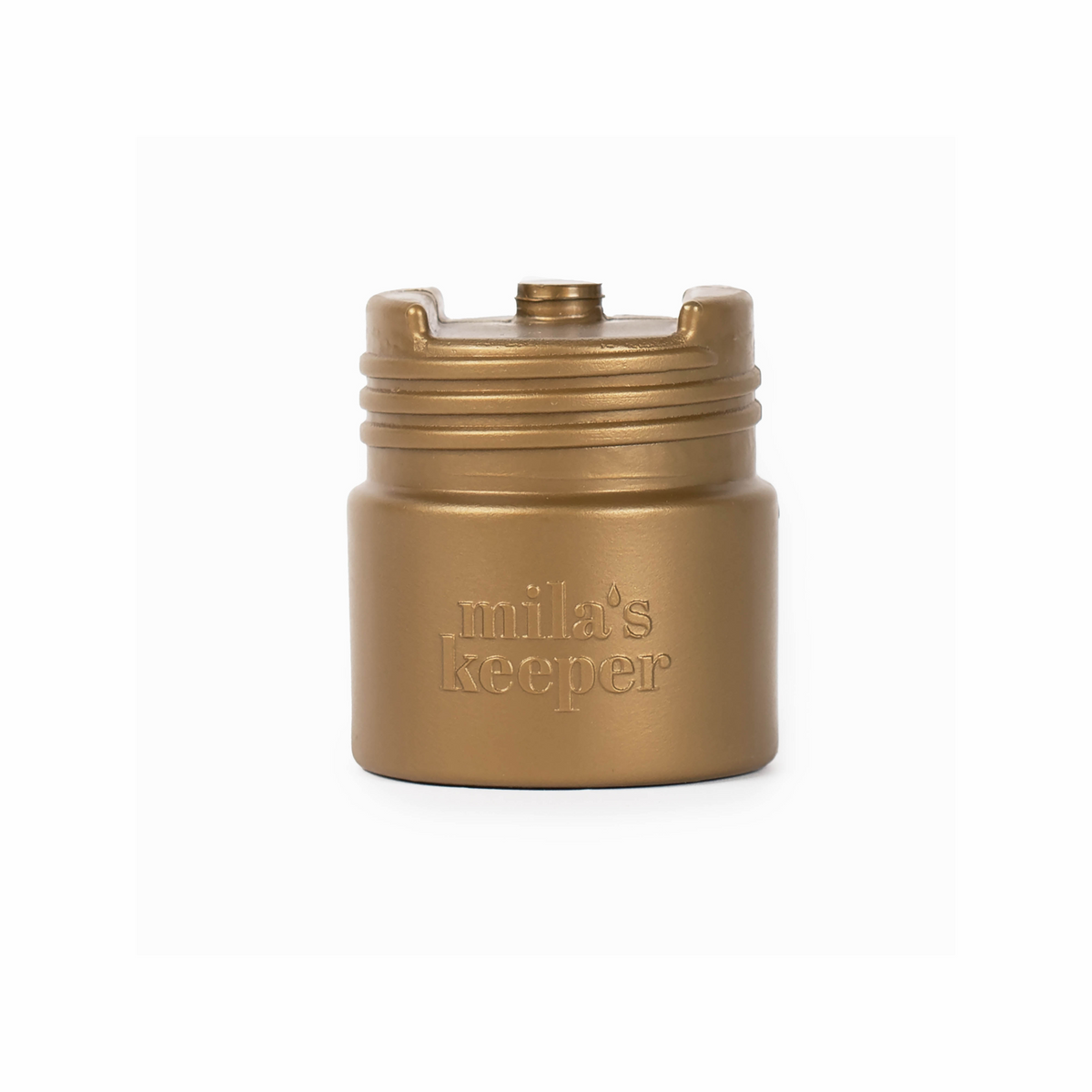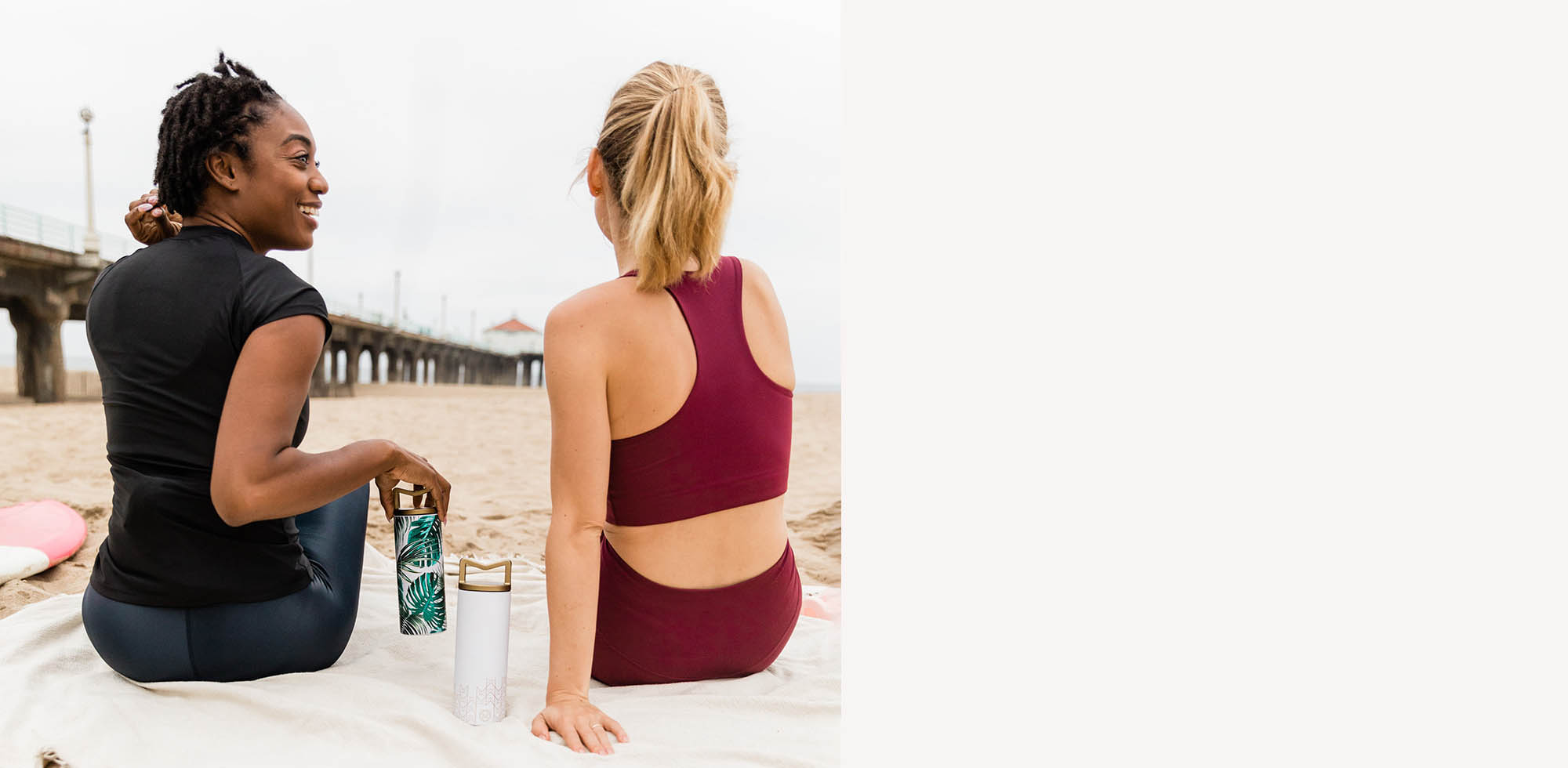Why Keeping Breast Milk Cold Is Important
As every pumping mama can tell you, keeping expressed milk fresh is a big deal. Nobody wants to go through all that work just for milk to spoil because you’re not near a refrigerator. Whether you're at work, on a road trip, or simply out and about, having a reliable system for storing breast milk without a fridge is going to be a top priority.
The CDC recommends that freshly expressed milk can be kept at room temperature for up to four hours under ideal conditions. However, when you're away from home and the conditions aren’t perfect, having a backup plan is a lifesaver. With the right approach, you can easily set up portable breast milk storage solutions that work wherever you are.
In this post, we’ll share practical tips and ideas to help you keep breast milk cold while on the move. We’ll look at various options, from insulated bags to creative cooling hacks, so you can choose the best method for your lifestyle. Ready to discover some helpful strategies? Let's get to it!
Portable Solutions for Keeping Breast Milk Cold
When you're on the move, having a portable breast milk cooler is a great way to keep breast milk fresh. One popular option is to rely on high-quality insulated bags specifically designed for breast milk storage.
Breast Milk Cooler Bags
The best breast milk cooler bags are engineered with insulated linings and dedicated compartments to maintain a safe temperature for your milk. These bags are compact and lightweight, making them easy to tuck into your diaper bag or purse. Their design helps answer the question of how to keep breast milk cold while traveling, ensuring that your milk remains fresh even during long outings. Many models offer multiple pockets and adjustable straps, which makes organization a breeze. Guidelines from the AAP note that a personal cooler is the better choice for human milk storage compared to community-used refrigerators, as it provides more reliable temperature control.
Ice Packs
Reusable ice packs are a straightforward and effective addition to your cooling strategy. Pre-freeze your ice packs and place them alongside your milk containers inside the insulated bag. This method reliably creates a cold environment, addressing the need for how to keep breast milk cold while traveling. Using high-quality ice packs that maintain their chill for longer periods ensures your milk stays at a safe temperature, even when you're on the go.
Thermal Insulated Bottles
Thermal insulated bottles provide an excellent backup for keeping your milk cold. With a vacuum-sealed design, these bottles can maintain a chilled temperature for extended periods, making them a valuable asset in your portable setup. Whether used on their own or placed inside your cooler bag, they offer an extra layer of security in your efforts to maintain a safe temperature. This versatile option further enhances your arsenal for creating an effective portable breast milk cooler system without relying on traditional refrigeration.

How Long Can Breast Milk Stay Cold Without a Fridge?
If you’re wondering how long can breast milk stay cold without a fridge, it really depends on several factors, including the type of milk and the cooling method used. According to the CDC, freshly expressed milk can safely remain at room temperature (around 77°F or 25°C) for up to four hours. This guideline is based on ideal conditions; if the temperature rises or if the milk isn’t kept consistently cool, its safety window might shrink.
When using a cooler or insulated bag, the effectiveness of keeping your milk chilled depends on the quality of the insulation and the number of pre-frozen ice packs you include. In a well-packed insulated bag, many moms find that their milk stays cold for up to 24 hours. However, it’s important to remember that these estimates can vary. For instance, a cooler bag that loses its chill faster might not keep the milk safe for as long, so you’re going to want to monitor the temperature periodically.
There’s also a noticeable difference between storing freshly pumped milk and thawed frozen milk. Freshly expressed milk is at its peak condition and can often handle slight fluctuations in temperature a bit better. In contrast, once frozen milk is thawed, its structure has changed slightly, and it’s recommended to use it within 24 hours—whether it’s been kept in a fridge or a cooler. These breast milk storage guidelines help ensure that the milk retains its nutritional value and remains safe for your baby.
Using a Car for Breast Milk Storage
When planning long car rides or road trips, you want to be prepared with good methods for storing breast milk in the car. The temperature inside your vehicle can quickly rise, especially in direct sunlight, which could compromise the safety of your milk.
One approach for how to keep breast milk cold in the car is to use an insulated cooler bag filled with pre-frozen ice packs. This setup works well for shorter trips or when you expect to reach a refrigerator soon. For longer journeys, consider investing in a large cooler box or electric cooler that plugs into your car’s power outlet. These devices maintain a stable, cool temperature, typically keeping your milk below 40°F (4°C) for extended periods.
For travel breast milk storage, it’s important to follow some basic safety precautions. Avoid leaving your milk unattended in a parked car, especially on hot days, since ambient heat can quickly diminish the cooling effect of your insulated bag. Instead, position your cooler in a shaded area or inside the cabin where the temperature is more controlled. If you’re using an electric cooler, double-check that it’s functioning properly before your trip and monitor its performance periodically during long journeys.

Breast Milk Storage on Airplanes
Navigating airport security and airline policies is part of traveling with breast milk. TSA guidelines let you carry breast milk in quantities that exceed the usual liquid limits, as long as you declare it at the security checkpoint. Make sure your milk is in clearly labeled, sealed containers to help streamline the process. For more details, check the TSA guidelines on breast milk.
When it comes to keeping breast milk cold on a plane, using a breastmilk cooler is a practical choice. Coolers specifically designed for breast milk can hold a chill longer than standard ice packs, which is ideal for maintaining a safe temperature throughout your flight. A good tip is to pack two coolers and use one for warming up bottles if you need to mid-flight. Packing your ice packs shortly before boarding ensures they’re at peak performance when you need them most.
For those planning longer journeys, some airlines offer options for fridge access in the cabin. It might be worth reaching out to your airline ahead of time to ask about their policies regarding refrigeration and flying with breast milk. Also, many airports now feature lactation rooms with cooling facilities, which can serve as a convenient stopover if you’re connecting through a hub.
How to Make DIY Ice Packs for Breast Milk Storage
If you're looking for budget-friendly, alternative ways to keep breast milk cold, consider making your own DIY ice packs for breast milk storage. There are a few simple methods you can try using common household items. One easy option is to fill a clean ziplock bag with water and a little bit of salt. The salt lowers the freezing point, which may help your ice pack last longer. Once sealed, lay the bag flat in your freezer until it's completely frozen. Another method involves using small, durable plastic bottles filled with water. These bottles can be frozen and then wrapped in a towel or cloth for extra insulation.
When crafting your homemade ice packs, it is advisable that you test beforehand with a safe liquid rather than your breast milk as you do not want to risk spoilage if your ice packs do not work well. If you're in a pinch, this might work, but for your long term peace of mind, it is advisable to purchase a breast milk cooler which has been third party tested for effectiveness.

Keeping Milk Cold at Work Without a Fridge
For many working moms, finding a solution for breast milk storage at work can be a challenge, especially when there’s no fridge at work available. If you don’t have access to a good, quality breastmilk cooler that will keep your breast milk cool throughout the day, there are other options. One practical method is to assemble a portable cooling setup that you can rely on throughout your workday.
Start by investing in a high-quality insulated cooler bag or chiller bottle specifically designed for breast milk. Pack the bag with frozen gel packs or your own DIY ice packs, and arrange your milk in insulated storage containers or breast milk storage bags. A good strategy is to place the milk in the center and surround it with ice packs. This arrangement helps maintain a stable, cool environment, answering the question of how to store milk at work effectively.
In addition to setting up your cooling kit, consider finding a secure, low-traffic area at your workplace where you can keep your cooler bag undisturbed. Avoid areas exposed to direct sunlight or where ambient temperatures might rise significantly during the day.
It can also be beneficial to discuss your needs with your employer. Many workplaces are open to making reasonable accommodations for lactating mothers, such as providing a private space for pumping and even a dedicated fridge. In fact, it’s probably your right to have access to a lactation room at work. Having a conversation about your lactation needs not only ensures your milk is stored safely but might also pave the way for better support for other moms. Resources from organizations like the Office on Women’s Health offer useful guidance on advocating for workplace lactation accommodations.
Checking for Spoiled Breast Milk
After storing your milk in a cooler bag or other portable breast milk cooler, it's important to know how to tell if breast milk is bad. Recognizing the signs of spoiled breast milk can help you avoid giving your baby milk that may no longer be safe. The most common indicators include a sour smell, noticeable separation that doesn't mix with a gentle swirl, and an off taste when you test a small sample. If you detect a strong spoiled breast milk smell, it’s a clear sign that the milk may have gone bad.
Routine checks are a good idea after each period of storage outside a fridge. Start by gently swirling the milk to see if the components naturally recombine. If the smell remains sour or if you notice clumps and a curdled texture, it's best to toss the milk. Just be careful not to check too often as every time you open up your cooler, you will be releasing cold air out, making your system less efficient.
Another useful practice is to label your milk containers with the time they were stored. This way, you can monitor whether the milk has exceeded the safe storage duration, especially if it was kept in less-than-ideal conditions.
Finally, remember that when in doubt, it’s always better to err on the side of caution. Being proactive in checking for signs of spoiled breast milk can prevent potential risks to your baby’s health.

Safely Storing Breast Milk Without a Fridge
In wrapping things up, there are several practical strategies you can use for storing breast milk on the go without needing a traditional refrigerator. By using high-quality insulated bags like breast milk cooler bags, paired with reusable ice packs, breastmilk coolers or even DIY alternatives, you can maintain safe temperatures for your milk during travel or work.
Experiment with different solutions to find what works best for you—after all, every mom's needs are unique. By taking simple steps to manage your milk storage, you can enjoy peace of mind knowing that your baby’s milk is as fresh and safe as possible, no matter where life takes you.
Keep Reading related blog: 13 Ways to Support Breastfeeding Moms and Parents
--
A female-designed and female-run company, Mila's Keeper is on a mission to empower women to thrive during their breastfeeding journey by offering reusable, eco-friendly breast milk storage solutions for their day-to-day needs. Get the latest tips and info on Mila's Keeper products by following us on Facebook, Twitter, Instagram, Pinterest, and LinkedIn.

